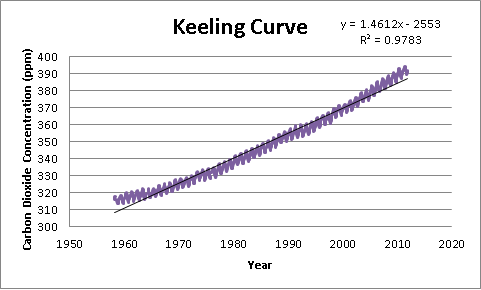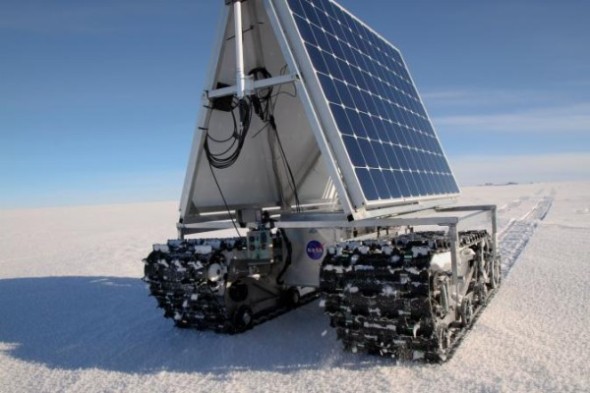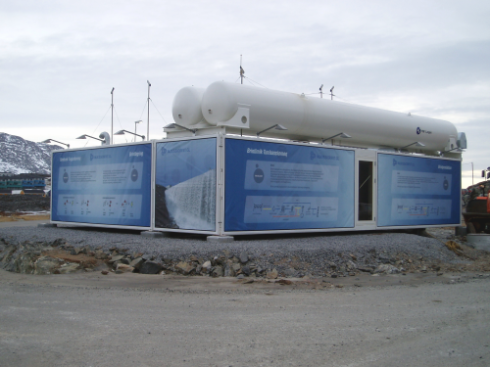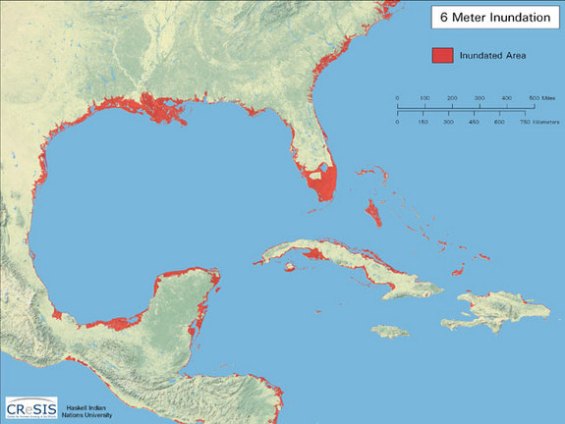As seen, but not so easily, on the graph below one can squint for the carbon emissions data that is produced by Greenland. After fine magnify glass work, it is clear that very little carbon is emitted by Greenland. They only small amount they produce is by the common living needs of energy other than that they have no excessive production unlike China, USA, or Japan. When looking at the graph in a smaller scale the emissions are around the same low level. Around 1980 there is a large peak in emissions, this is the year that the main mining sources were depleted.
When looking at the per-capita scale of the USA vs Greenland the average North American Consumes much more. Between 1990 and 2010 the average Greenlander emits below 3.0 where as the average American emits around 5.0, which is a substantial difference. The value in Greenland is less, I think this is because the consumption is less among the population and more things, like food are tried to be kept local where as in the USA everything we consume is from somewhere else. Though Greenland must import a lot because it is very cold they use the resources they have to the fullest advantage. Greenland is ranked 28th where as the USA is ranked as the 12th on the highest emissions. I think that Greenland being the 28th is still high and they can reduce their emissions, yet at the same time they must import because they do have climate and geographical restrictions.
According to my graph in 2010 Japan was the biggest emitter of carbon dioxide. While looking at Per capita of Chinese vs Americans americans are at 4.7 while Chinese are at 1.68 per capita carbon emissions. Though there are significantly more Chinese than Americans we are still consuming much more per-person than the Chinese. USA and China are both at fault for Climate change and consumption rates. Because, USA consumes way more than we should. But, China also has a much higher population that this world cannot support. Both countries are at fault in this situation. Though I believe that American are more a fault because we are supposed to be trend setters and world leaders and we are setting the trend of selfishness and over consumption.
USA=96891822.6 thousands of metric tons
India=11407871.3 thousands of metric tons
China=41257833.5 thousands of metric tons
Greenland=2806 thousands of metric tons
The USA is the highest cumulative contribution to climate change! Though that is no real shocker to anyone it is still sad to see the data. That we, USA, one of the world powers, of the of most educated rich nations with such opportunity and power are killing our planet. When one divides China/USA emissions they get 42% and when one divides India/USA emissions one gets %11. We are so much higher with our emissions than these countries with such substantially larger populations.








